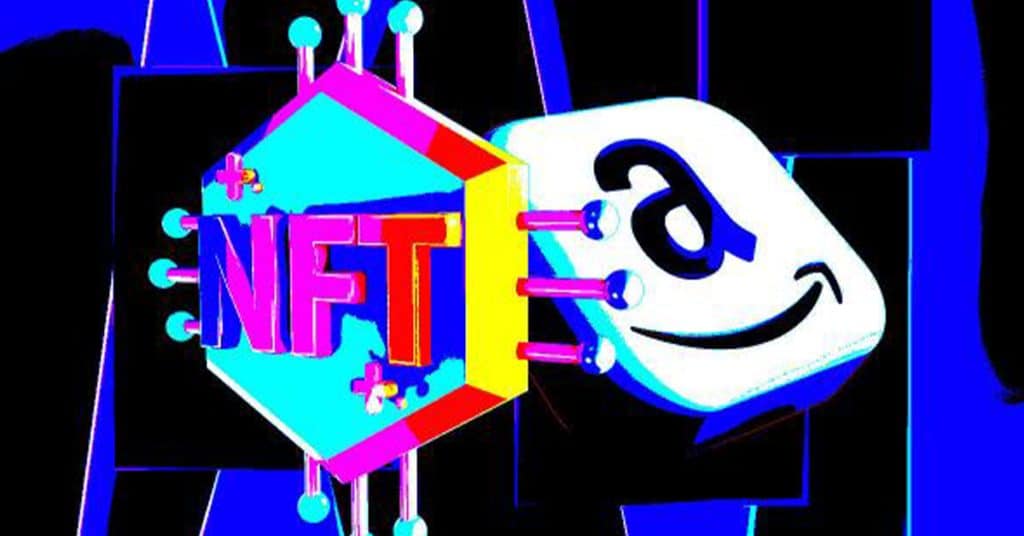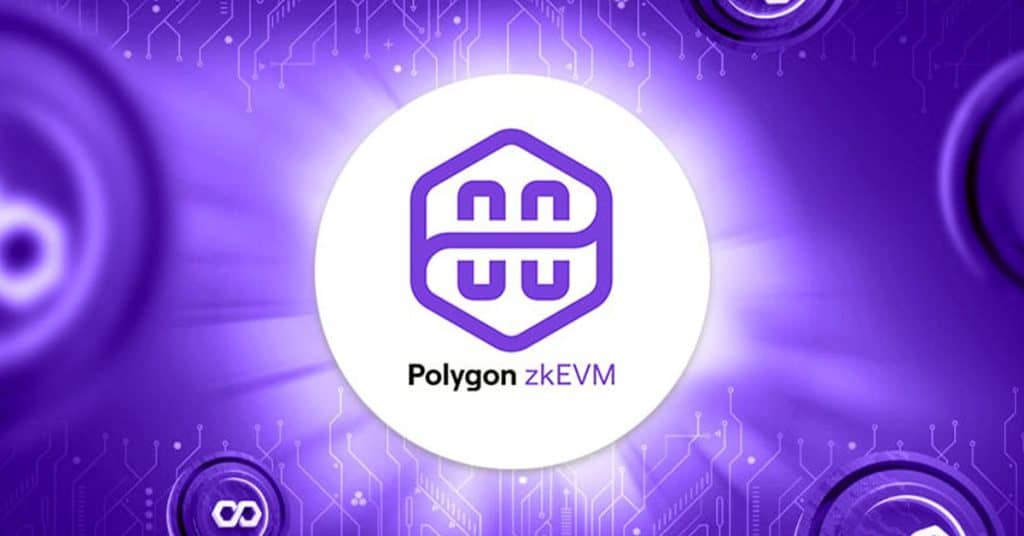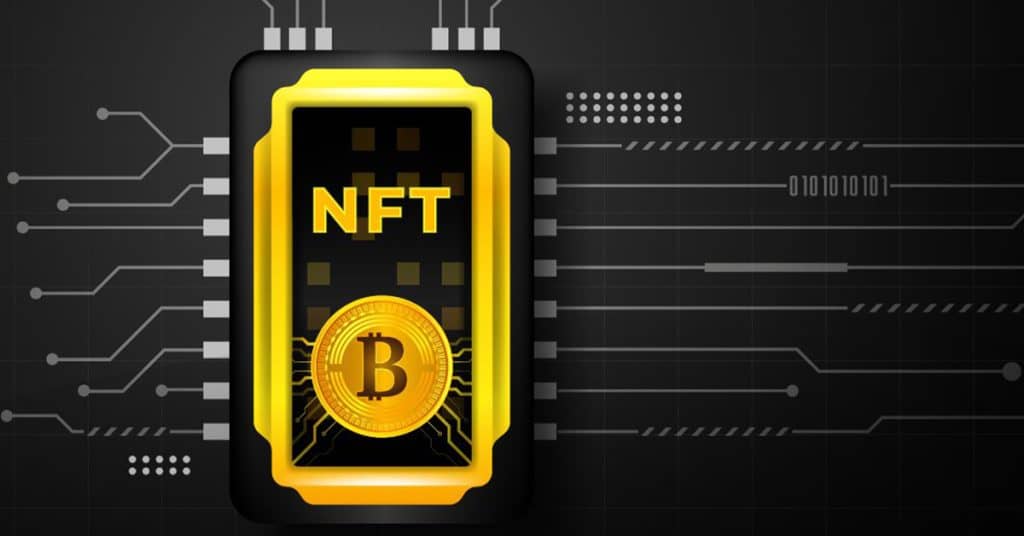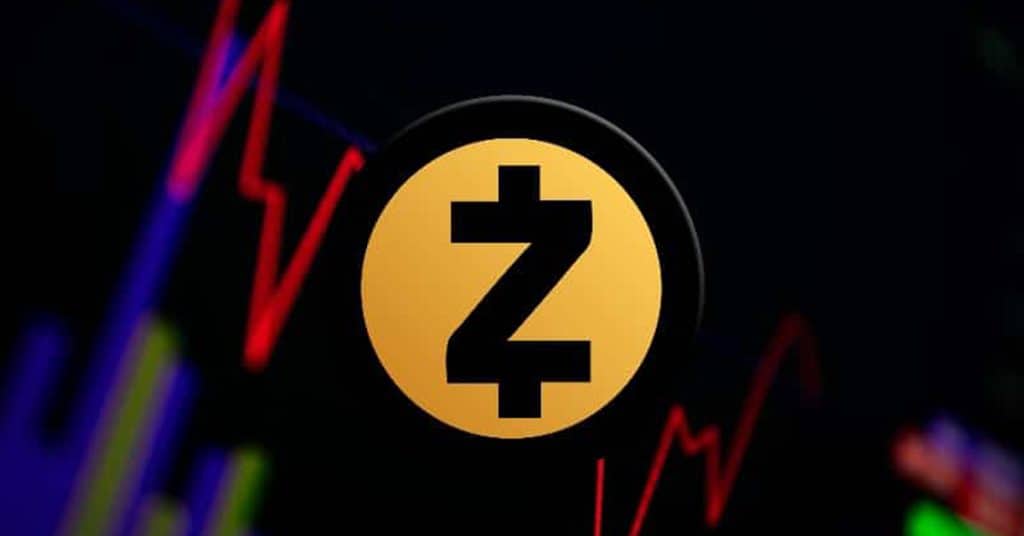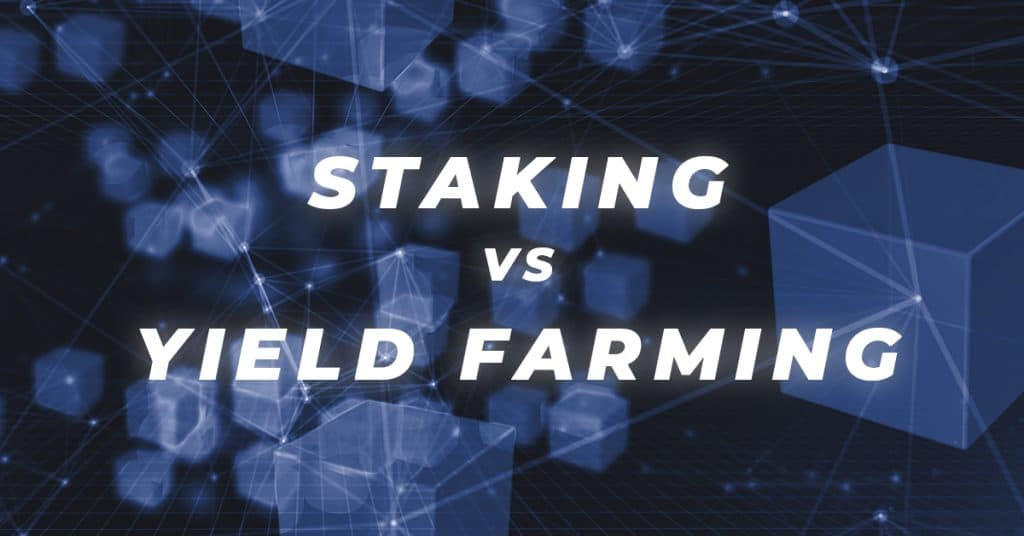What Are Ethereum Layer 3’s?

Ethereum Layer 2’s are gaining traction: they save users transaction fees and help create space on the Layer 1, the Ethereum blockchain. A third layer would partly be about scaling: allowing Ethereum to become that world computer, capable of transacting limitless amounts of transactions. But a third layer would also be about customized functionality. Some applications need specific tailoring that may better be served by a separate layer. And lastly, layer 3 solutions will allow small ecosystems within Layer 2’s to grow without paying a ton of gas fees.
Layer 3 development is still in an early stage, and highly conceptual!
Breaking Down the Stack: Layer 1, 2 & 3
There's a lot of different ways in which the terms Layer 1, 2 and 3 are used. Let's outline the stack and clarify how we DON’T use the term Layer 3 in this article.
Layer 1’s and 2’s
People agree more on what Layer 1’s and 2’s are than on what Layer 3 is. Layer 1 is the base layer, the underlying blockchain. On top of it, on - you guessed it - Layer 2, rests a separate blockchain. For Ethereum, there are several options. Ethereum Layer 2’s aim to increase the main chain’s transaction throughput by offloading a chunk of the transactions to Layer 2. Then, they send a cryptographic proof of the validity of the batch of transactions to Layer 1.

